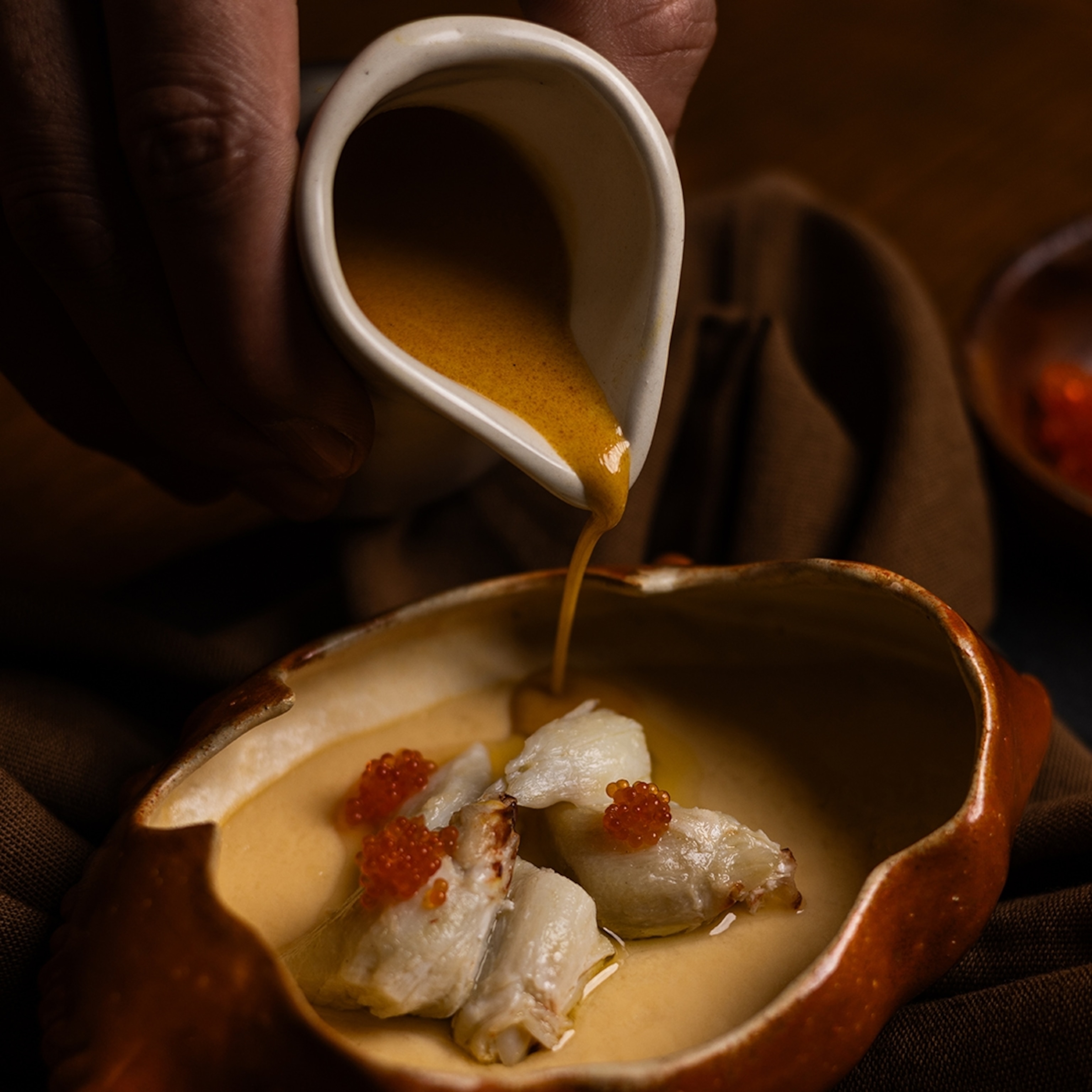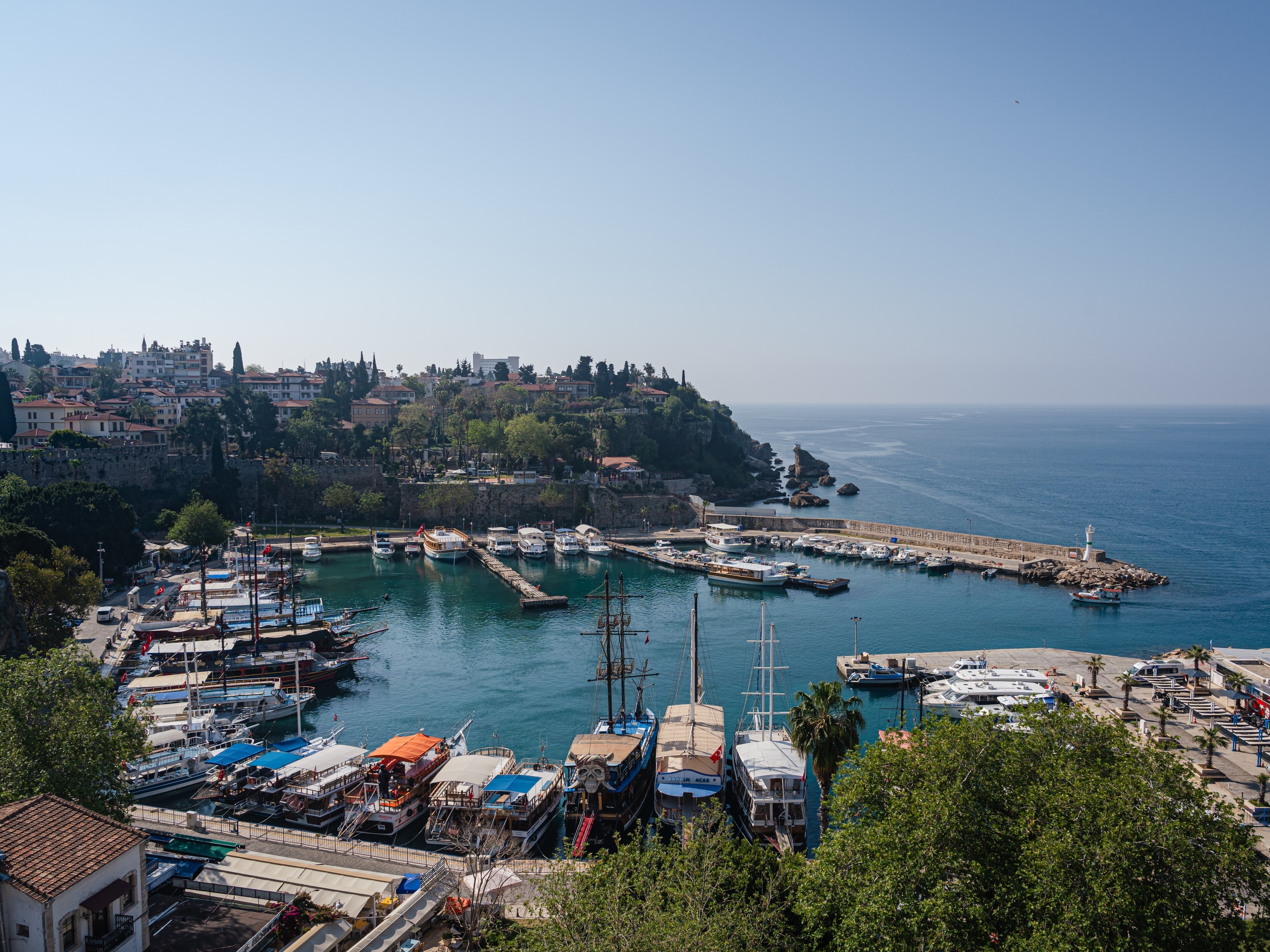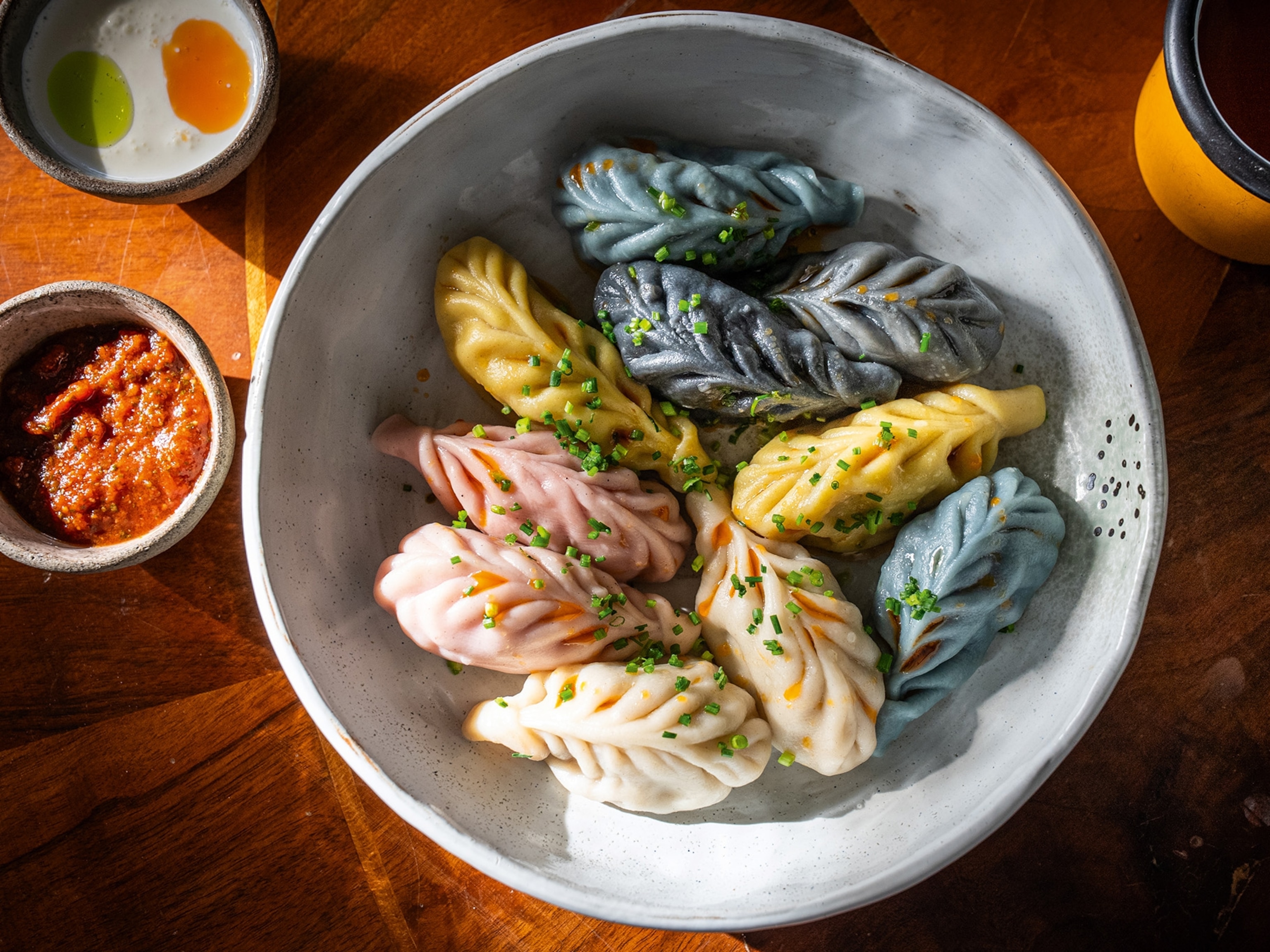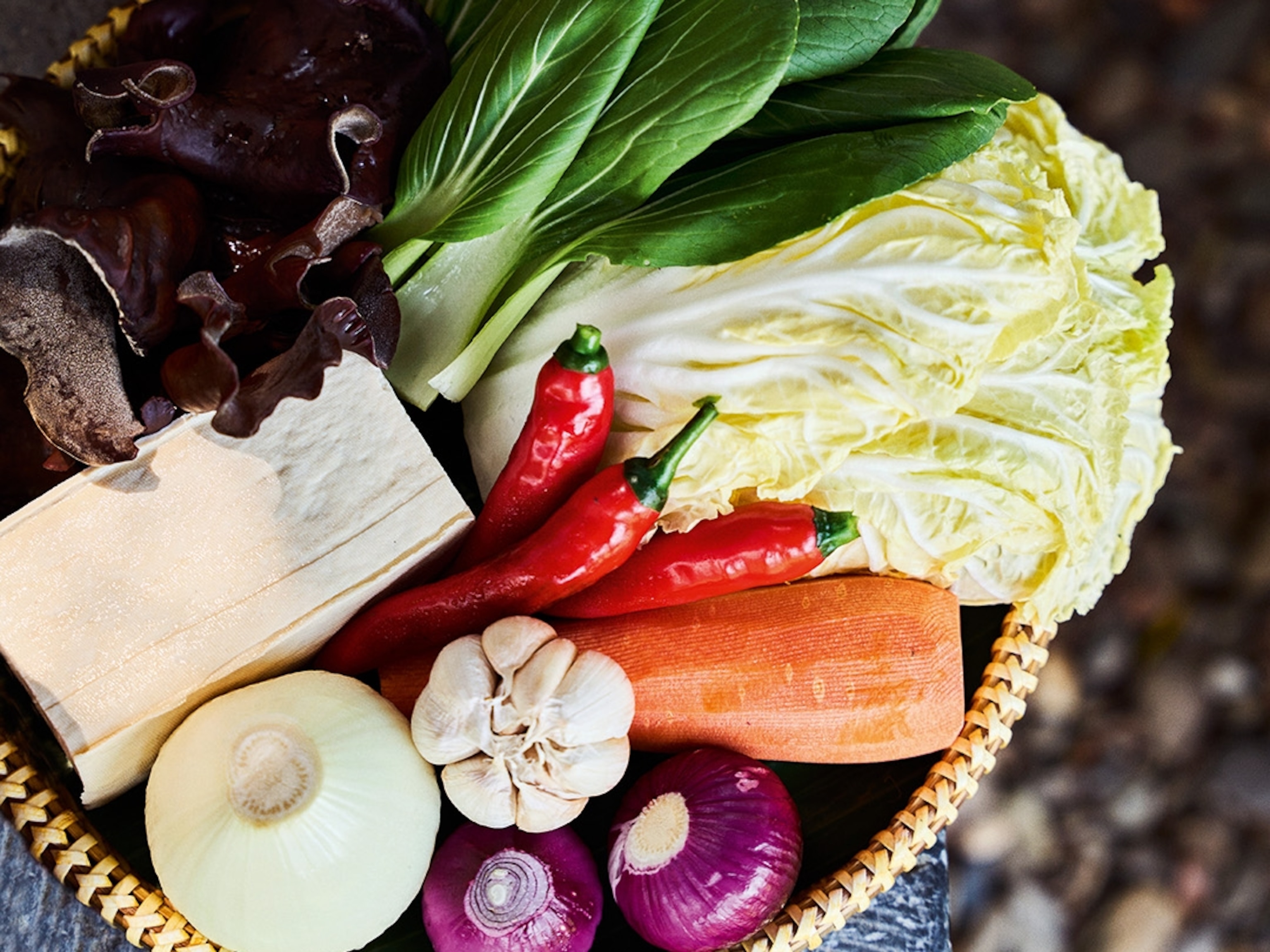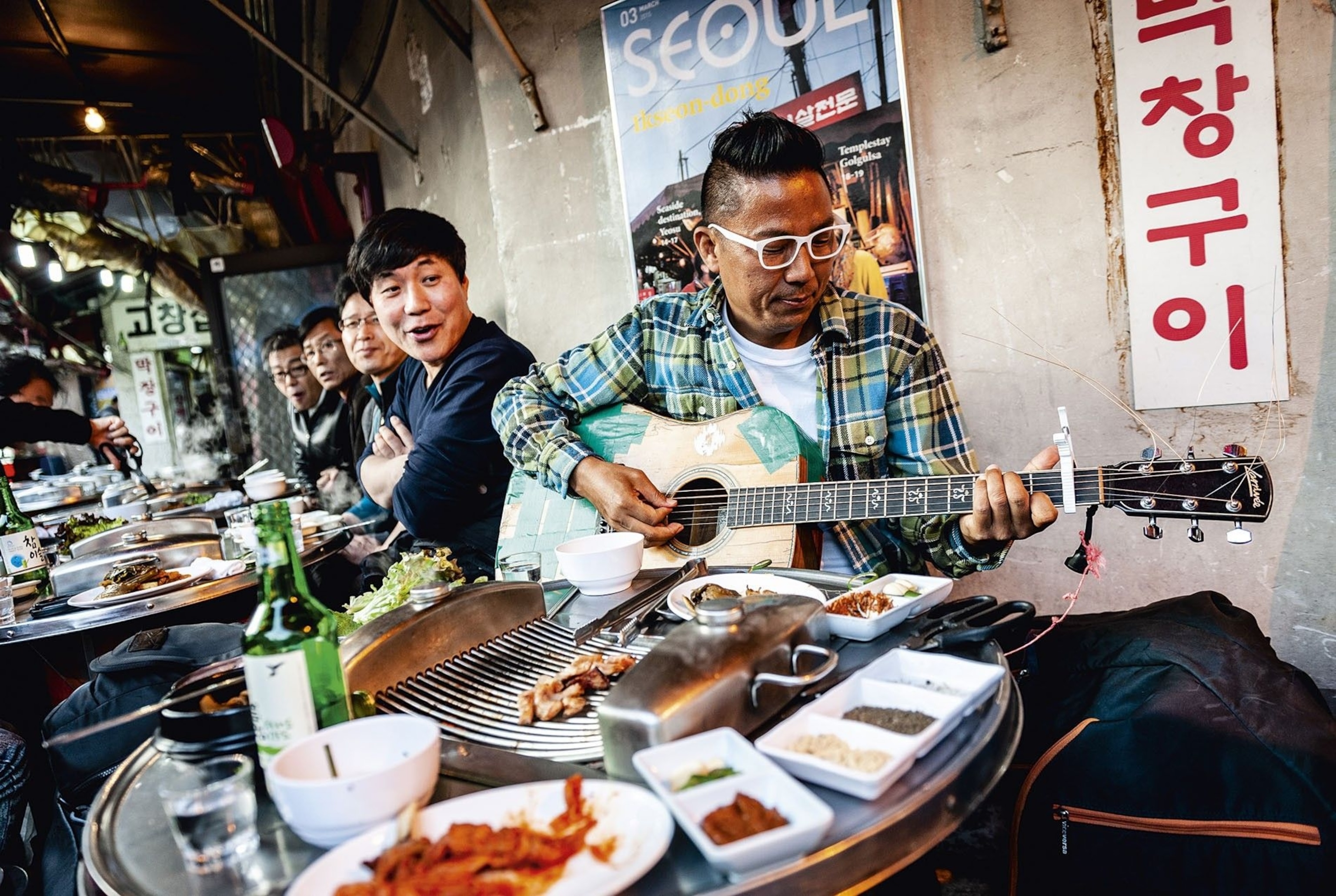
The Asian capital of barbecue: a city guide to Seoul
In recent years, Seoul's BBQ scene has seen a sizzling resurgence and a culinary celebration of cross-pollination.
It’s a basic, one-room affair, lit by fluorescent lights. A single fridge contains a couple of brands of Korean beer, green bottles of soju and some soft drinks. Aside from the kind of wall menu found at food joints across the peninsula, Ooyeosa Restaurant is largely unadorned. The air tastes of grease and smoke, and there’s a hum of noise: the clank of metal chopsticks, laughter, voices and, of course, the sizzle of grilled meat.
This is Korean barbecue at its most homely. When I pluck a piece of marbled beef from the tabletop grill above a glowing pit of coals, dip it in ssamjang (fermented soybean/chilli pepper paste), wrap it in lettuce and pop it into my mouth, the result is explosive. Who needs the bells and whistles of fine dining when you have this?
My journey into Seoul’s barbecue scene begins at the source: the Majang Meat Market, which offers up the city’s freshest and cheapest cuts of Hanwoo beef (Korea’s answer to Kobe). The only catch is you have to enter the market itself — and it’s not for the faint of heart. This is a working place of commerce, where stall after stall features workers cutting, slicing and sawing with masterly precision.
Prime cuts are packaged and delivered to glass display cases, where eager vendors beckon me over to peruse the goods. I settle on a kiosk near the back of the complex where a smiling, bespectacled woman slices up a slab of galbi sal (rib meat), before ushering me around the corner and up two flights of stairs into Ooyeosa. I cook the meat on the spot and eat it with side dishes of kimchi, raw onions in soy sauce, green chilli peppers, garlic, potato salad and an ice-cold bottle of Cass beer.
Seoul is a city made for roaming, and I soon descend from the hiss of streets onto a pedestrian path flanking Cheonggyecheon Stream, a ribbon of greenery that slices right through the middle of the urban landscape. The water itself is remarkably clean and teeming with fish — massive carp that lull in pools and splash on the surface. It’s a refreshing sight despite the muggy crush of an August afternoon.
Back at street level, Dongmyo Flea Market is a permanent fixture that eats up several blocks of Sungin-dong’s side streets. Pressing on further, past a city block of pet stores and lighting fixture shops, I venture into the vast Dongdaemun Market, a carnival of textiles and fabrics.
But it’s not long before I’m spat out into an alley and find myself in the street food paradise of Gwangjang Market. Its stalls serve up everything from noodles to the ubiquitous tteokbokki (rice cake in sweet, spicy red sauce). Sitting on a stool, I dive into a plate of bindaeddeok, a crispy, dense pancake made from green onions and mung bean.
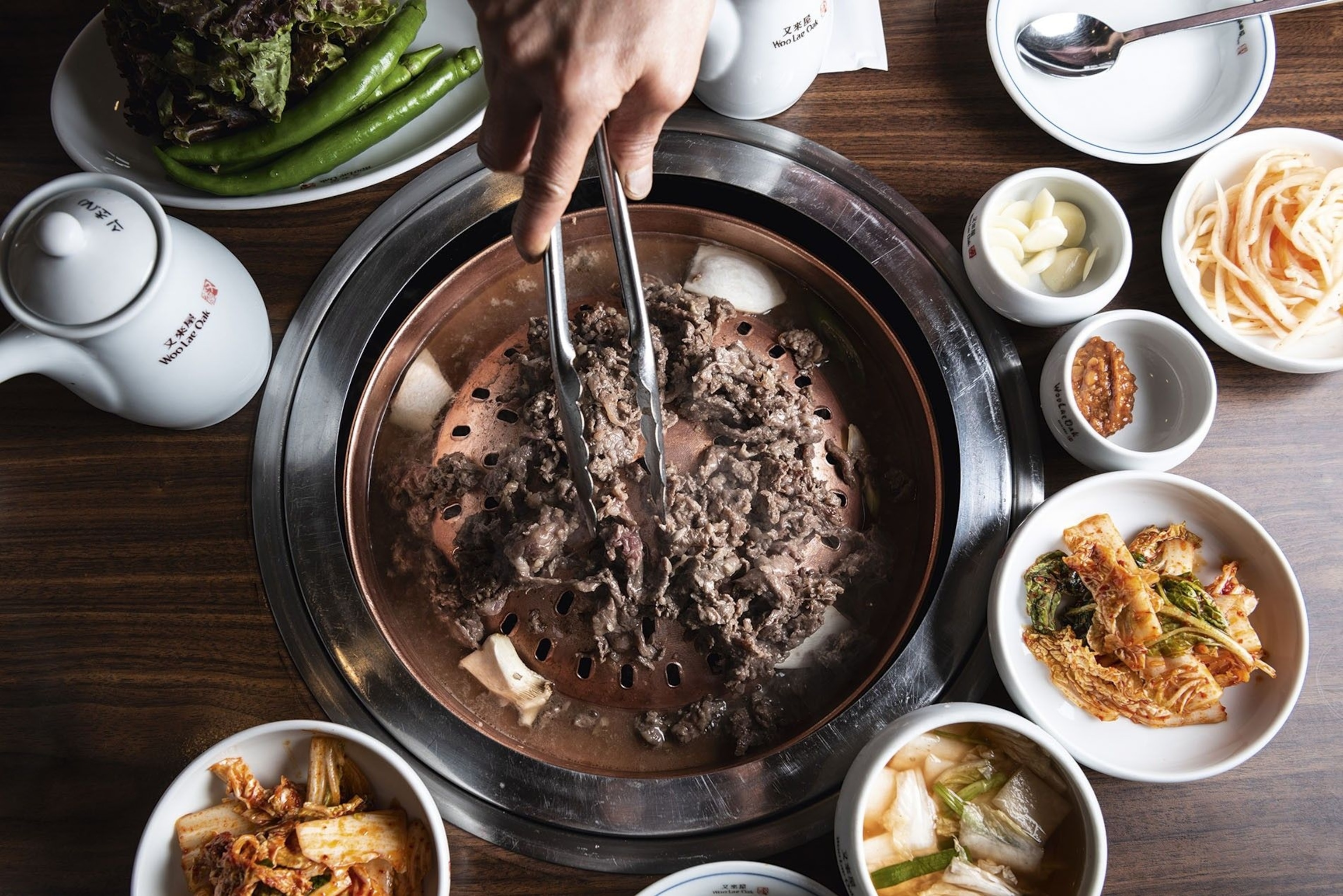
Korean carne asada
“The three things I love most about Seoul are safety, transportation and pork belly,” explains Korean American stand-up comedian Danny Cho. “When I sweat, I actually smell like Korean barbecue.” We meet at Linus’ Barbecue, a wildly popular American-style joint in the hipster Haebangchon neighbourhood, on the other side of the fence of the now-defunct US Army Yongsan Garrison.
“I grew up in an all-Mexican area back in LA,” he continues, “and we’d barbecue outside. It was so good that all my neighbours would try to jump the fence and come get some. They were like, ‘What is this?’ My dad would say, ‘Korean carne asada [grilled and sliced beef].’ So after that, the whole neighbourhood would go crazy for it. These days, Korean barbecue is a big fad in the States, but before that, my Mexican neighbours were hip to it.”
Danny’s right: along with the likes of K-pop, cars and smartphones, barbecue is among the country’s most popular exports. It has adapted, disappeared, reappeared and evolved over millennia. Like Seoul itself, barbecue is constantly undergoing a process of reinvention, so it should come as no surprise that modern Koreans are embracing grilled and smoked meat of an entirely different sort.
We’re greeted with a heaped platter of pulled pork, chicken, ribs, brisket and handmade sausages, along with two kinds of sauces, five different sides and little buns for making sliders. It’s a decadent spread — a proper American calorie bomb. Tables of Koreans around us are tucking into their platters with gusto.
“This is great and about as authentic as it gets,” Danny says, wiping sauce from his fingers. “But I’m also very open to what I call the ‘Koreanisation’ of Western food. I mean, why not? Food’s food. As long as it’s good, right? I’ve been to Michelin-starred places where I didn’t get it. So ultimately, I’m all for this fusion and cross-pollination. It can only be a good thing in the end.”
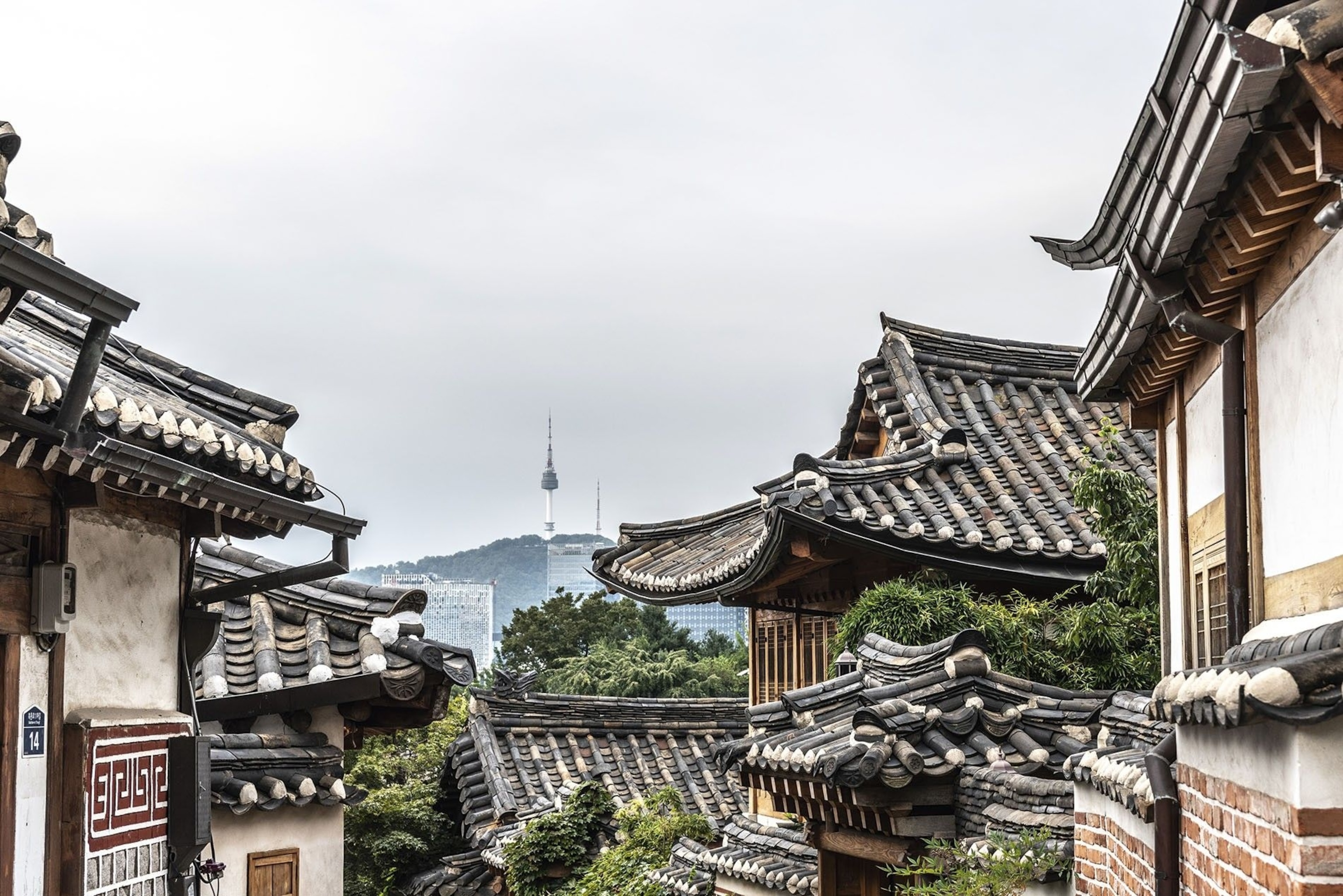
Buck the trend
Next morning, I explore the remarkably quiet Ihwa Mural Village, a cluster of alleys, staircases, little houses and cafes that offer a bird’s-eye view of central Seoul and the stony mountains behind. I then head down to the Dongdaemun Design Plaza, a massive, curving, silver complex designed by the late Zaha Hadid that’s packed with modern shops, exhibition spaces, cafes, a museum and even a rooftop park.
To work up an appetite, I make my way into the rabbit warren of Myeongdong’s side streets. An endless stream of cosmetics shops pumps out the saccharine hyperbeat of K-pop, while clusters of young Chinese tourists clutch bags of expensive skin cream. I hike through the high rises of downtown, and along the wide avenue of Sejong-daero, until I arrive at the end of the road: Gyeongbokgung Palace.
The sun beats down as I gaze at this sprawling relic of old Korea, which looks out in defiance of the concrete, steel and glass washing up at its gate. Destroyed twice by the Japanese, each time it was rebuilt — a symbol of constancy in an ever-shifting city. For all the changes blowing through, Seoul would never lose its bearings.
For my final meal, I meet my friend Steve — a literature teacher and Seoul resident — at a new place in Hongdae, the university district that’s the epicentre of Korea’s nightlife and indie music scene. He says he has a treat for me. “This place does five-step ‘dry ageing’,” he says, gazing at the reddish pink slices of moksal (neck meat) on our table with a near-reverence. “This is all the rage these days.”
The restaurant’s name is Myeongpoom Doyaji, and it specialises in Iberico pork — cuts that come from black, acorn-fed pigs in Spain. It’s small and classy, bathed in soft light, with jazz pouring from the speakers. Imported beer is on tap, along with bottles of wine. “This is very different from the Korean barbecue we’re used to eating,” I say, sipping a cold glass of San Miguel.
“Yeah,” replies Steve, as the owner gingerly places our slices of pork on the table grill. “Things have really changed. While Seoul may not be the best place for traditional Korean food, the amount and quality of internationally influenced restaurants is exploding, whether run by Koreans returning from stints abroad, or by expats.”
I think about this as I watch the well-seasoned moksal pop and sizzle on the grill. This is certainly Korean barbecue — there’s ssamjang and kimchi on the table — but with a twist. Seoul a city confident enough to take what it does well and enhance it. And when I slide the piece of pork into my mouth, I feel pretty confident about the outcome, too.
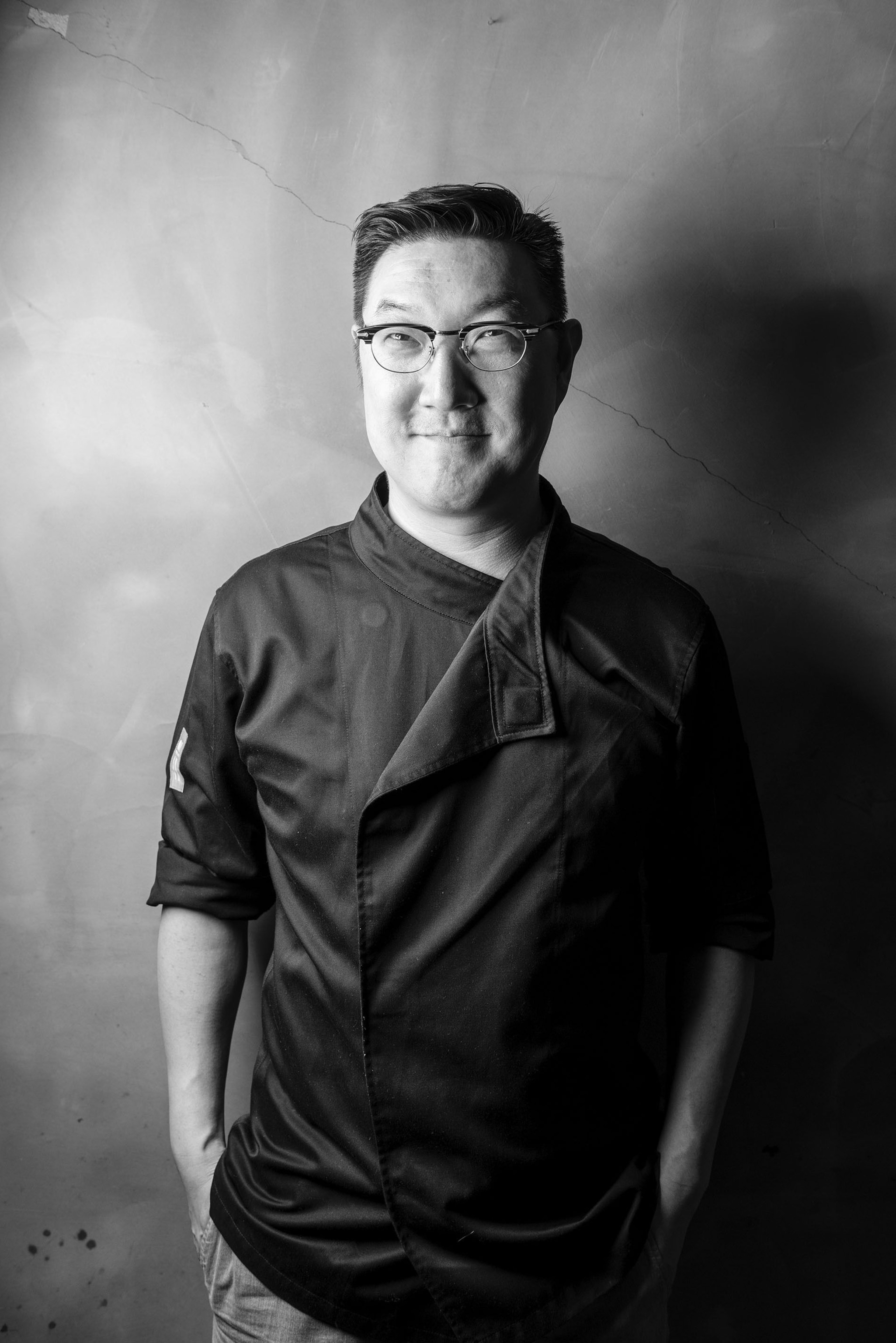
Q&A with Linus Kim, chef and owner of Linus' Barbecue
So, are you a local?
Well, I’m originally from Birmingham, Alabama, but have lived in Seoul for eight years now.
What are your favourite Korean barbecue dish?
Galbi [grilled ribs] for sure, but these days I can’t get enough of daejang, which is beef intestines. It’s something I never would have imagined I’d get into, but I’m really crazy for it at the moment.
How have you seen the culinary scene evolve and expand over the past eight years?
Exponentially, especially barbecue. I definitely don’t feel like it’s a flash in the pan. People aren’t just eating it, but also appreciating the process of making barbecue. There are people who are enjoying literally sitting by a fire, or stoking some coals for 10, 12, 16 hours. They’re really appreciating the craft of it. It tells me that this is a food that possibly has a chance of being a staple here, and that’s exciting.
Essentials
Getting there & around
British Airways and Korean Air fly daily between Heathrow and Seoul Incheon.
Average flight time: 11h.
Seoul is linked by high-speed rail and bus to all major destinations in South Korea. Travel time to anywhere rarely exceeds five hours.
When to go
The weather is best from April to June and September to early November. Winter can be frigid with lows of -10C, while summer can be hot and humid with highs of 31C.
Places mentioned
Ooyeosa Restaurant.
T: +82 2 2293 8980.
Linus’ Barbecue. T: +82 2 790 2920.
Myeongpoom Doyaji.
T: +82 2 322 3999.
Where to stay
Lotte City Hotel Myeongdong has doubles from 198,000 won (£134).
Metro Hotel Myeongdong has rooms from 110,000 won (£74).
More info
How to do it
G adventures offers a seven-night Best of South Korea tour, which includes three days in Seoul, from £1,749 per person, excluding flights. It includes visits to Cheonggyecheon Stream, Myeongdong, Insadong Alley, Gyeongbokgung Palace and a walking tour in Bukchon Hanok Village.
Published in the November 2019 issue of National Geographic Traveller (UK)
Follow us on social media
Twitter | Facebook | Instagram | Flipboard
